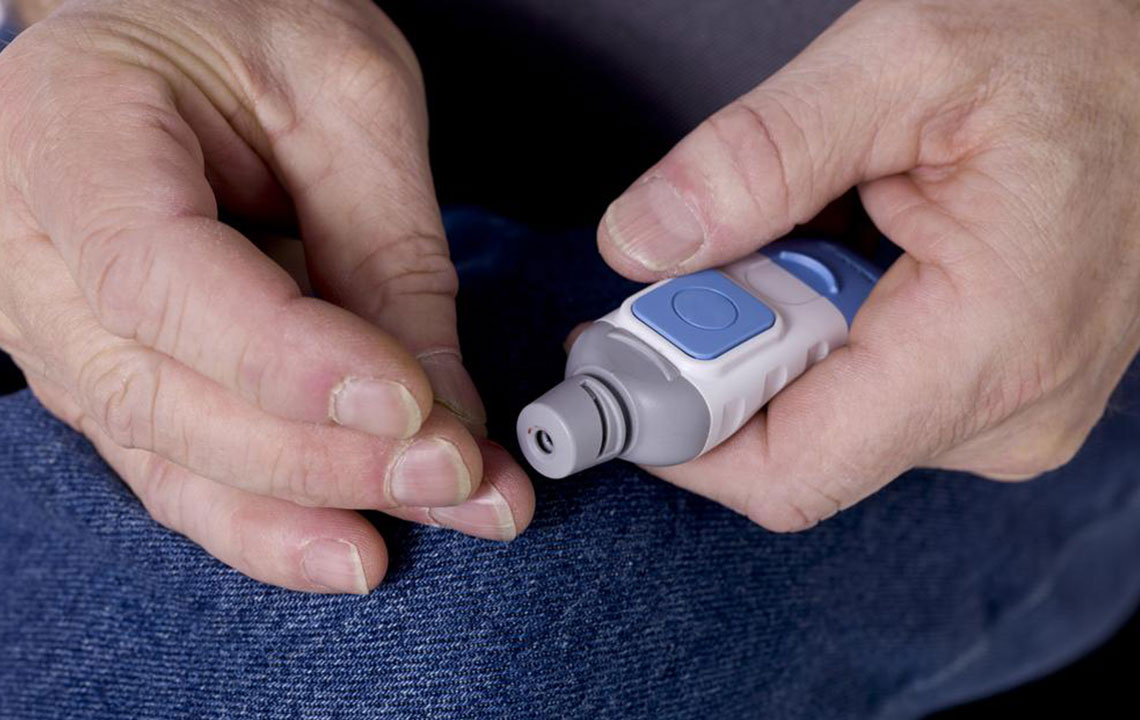Comprehensive Guide to Understanding A1c and Blood Sugar Monitoring
This comprehensive guide explains the A1c test, a key marker for blood sugar control over months. Learn how it works, what the results mean, and how often to test for effective diabetes management. Understanding these factors can help individuals assess their health risks and improve treatment strategies, reducing the risk of complications. Tailored targets and regular monitoring are essential components of successful blood glucose control, making this information valuable for patients and healthcare providers alike.
Comprehensive Guide to Understanding A1c and Blood Sugar Monitoring
The A1c test is a blood analysis that reflects average blood glucose levels over the past two to three months. It’s essential for diagnosing and managing diabetes, and it doesn’t require fasting. A simple blood sample from a finger prick is enough for the test. Results help healthcare providers determine whether blood sugar levels are within normal ranges, prediabetic, or diabetic, aiding in treatment planning and risk assessment.
How Does the A1c Test Work?
Hemoglobin, a protein in red blood cells, carries oxygen throughout the body. Glucose attaches to hemoglobin, forming glycated hemoglobin, known as HbA1c. The higher the blood sugar, the more glucose binds to hemoglobin. The test measures the percentage of glycated hemoglobin, indicating average blood sugar levels over the past few months. Elevated HbA1c levels can signal diabetes or increased risk of developing it. This test is also called the hemoglobin A1c, glycated hemoglobin, or glycohemoglobin test.
The results are used to categorize blood sugar levels as normal, prediabetic, or diabetic using a standardized chart. These reference charts provide clear insights into the patient’s glucose control and risk of complications. The chart includes the percentage of HbA1c and estimated average glucose (eAG) in mg/dL or mmol/L, making it easier to interpret results and monitor treatment progress.
Understanding A1c Results
Normal blood sugar levels generally fall below 5.7%. Values between 5.7% and 6.4% suggest prediabetes, posing a higher risk for diabetes. A level of 6.5% or higher confirms diabetes diagnosis. Healthcare providers use these thresholds to assess risk and develop management strategies. For individuals with diabetes, target A1c levels vary based on age, health status, and personal circumstances, with many aiming for below 7%, as recommended by the American Diabetes Association.
Factors Affecting Target A1c Levels
Optimal targets depend on individual health factors. Younger, healthier patients might aim for lower levels, while older adults or those with other health issues might have slightly higher goals to balance control and safety. Personal preferences, treatment adherence, and the presence of complications influence target settings. Doctors tailor goals based on the patient’s overall health, treatment history, and risk profile.
Frequency of Testing
Routine A1c testing is crucial for ongoing management. Prediabetic individuals should have the test annually. Those with diabetes typically undergo testing two times yearly, but more frequent tests (3-4 times annually) may be necessary for patients on insulin or with fluctuating glucose levels. Adjustments to the treatment plan are often made based on test results, emphasizing the importance of regular monitoring.
In conclusion, the A1c test is a vital tool in diabetes management, providing essential insights into long-term blood glucose control. Regular testing and individualized targets help prevent complications, ensuring effective disease management.










